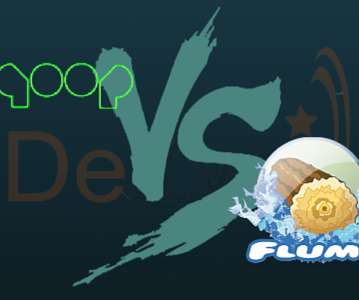Data Pipeline- Definition, Architecture, Examples, and Use Cases
ProjectPro
DECEMBER 7, 2021
It can also consist of simple or advanced processes like ETL (Extract, Transform and Load) or handle training datasets in machine learning applications. In broader terms, two types of data -- structured and unstructured data -- flow through a data pipeline. Step 2- Internal Data transformation at LakeHouse.











Let's personalize your content